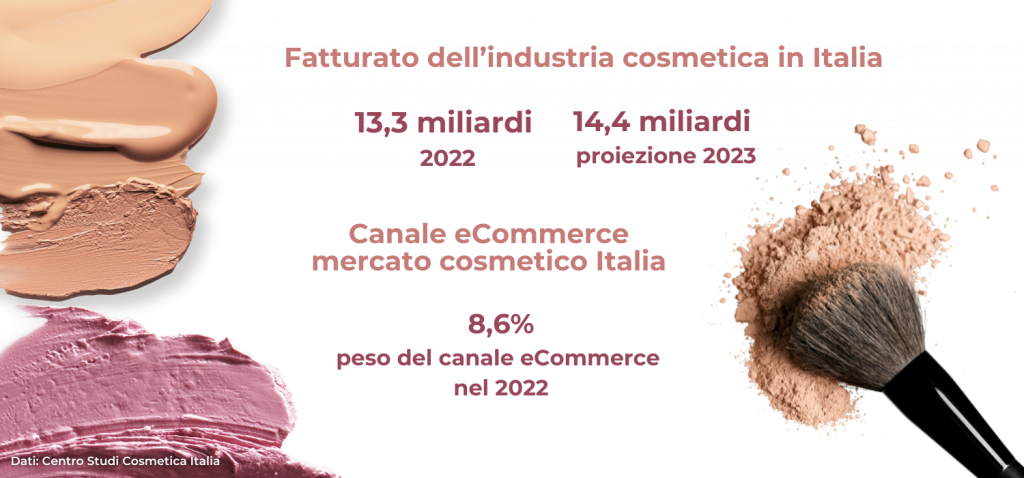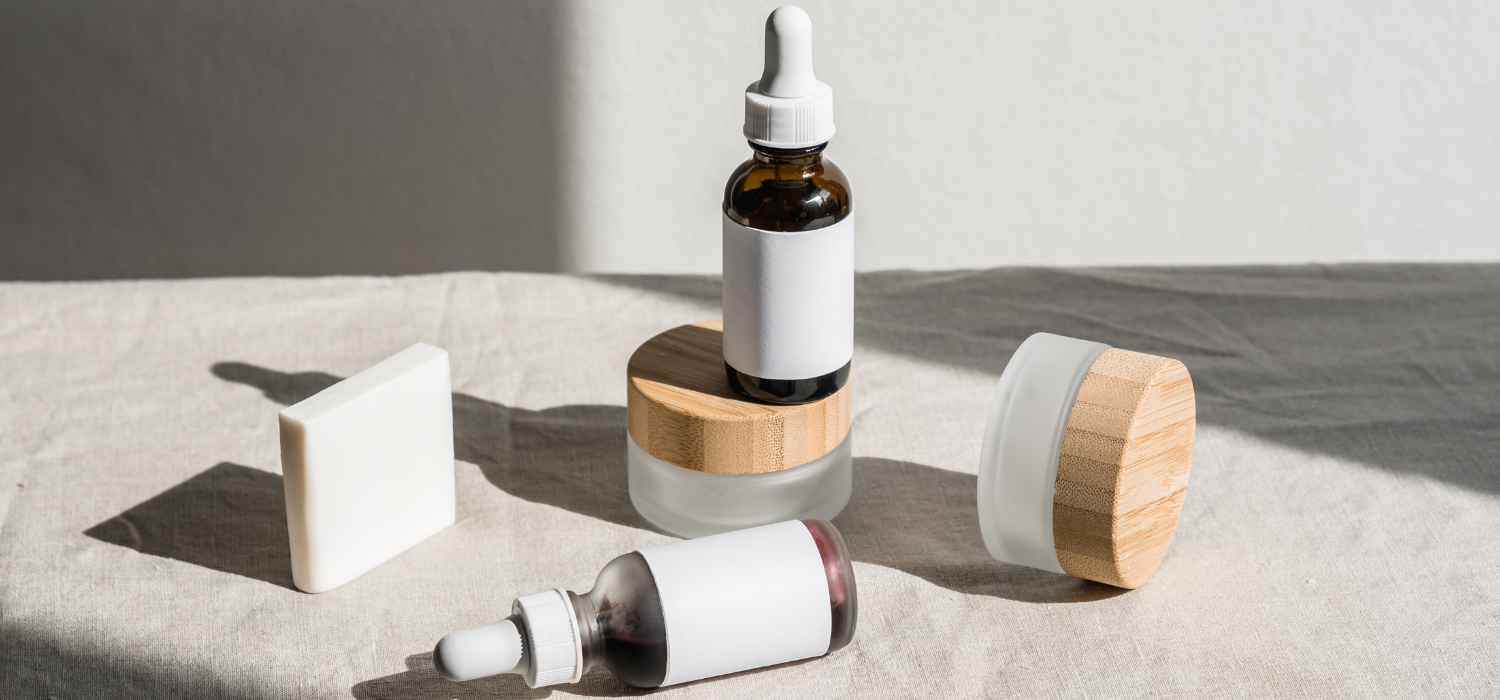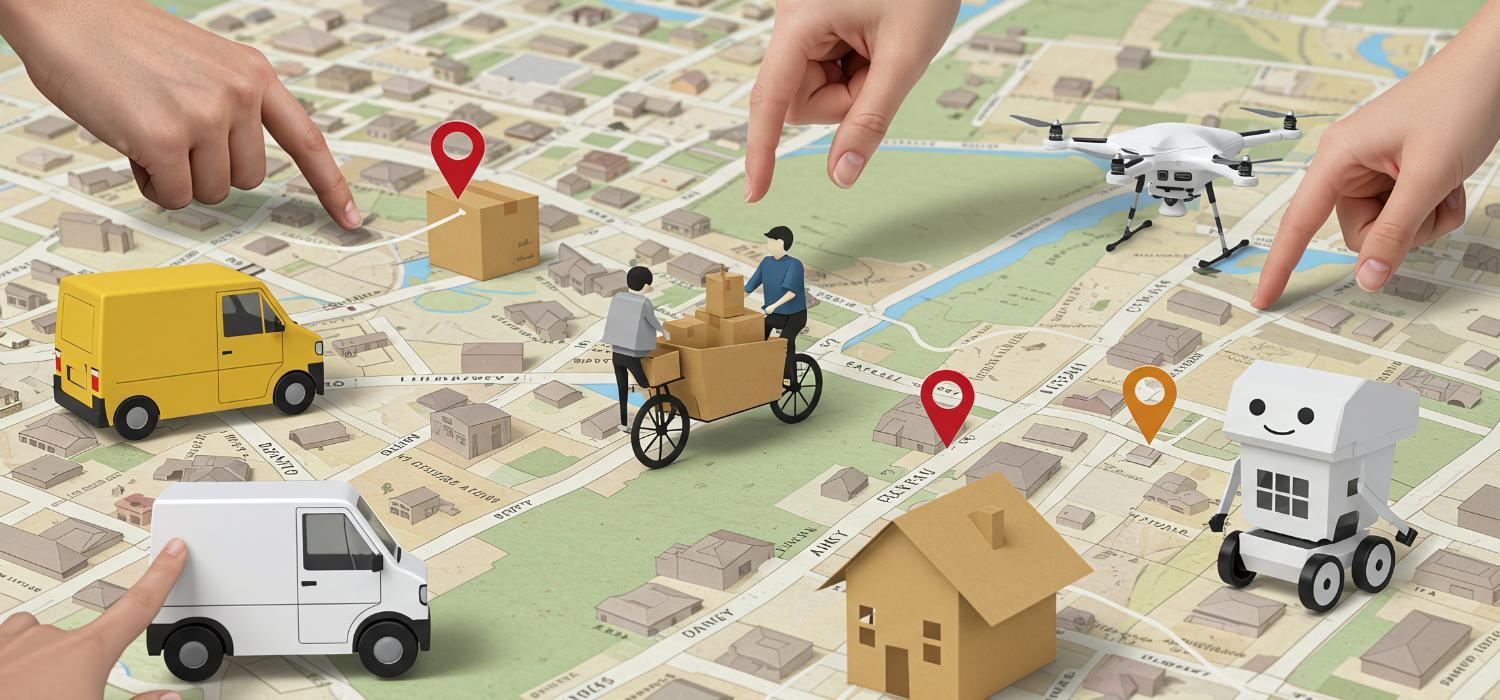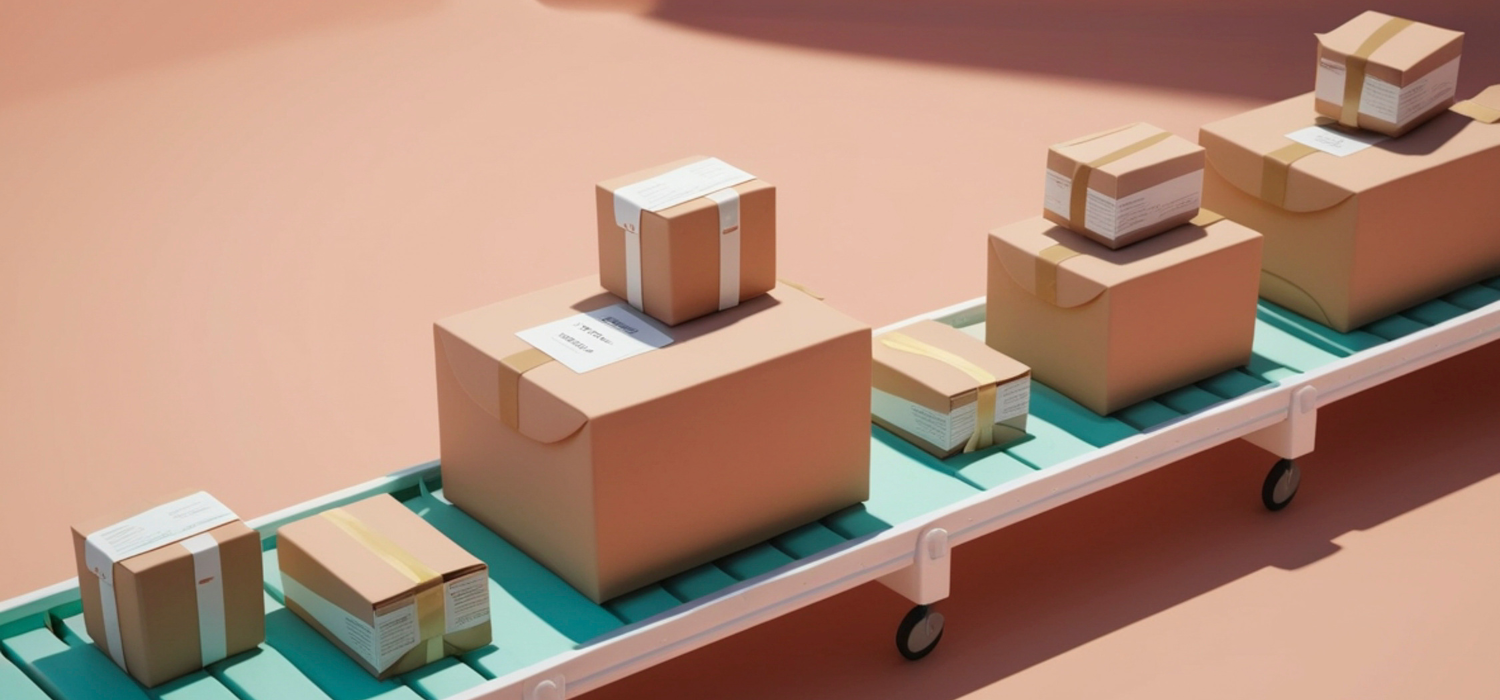Among the undoubtedly most interesting eCommerce sectors to take into analysis is that of cosmetics industry. A sector that even in the face of the difficulties imposed by the pandemic has been able to reinvent itself and make its weaknesses into opportunities for the future.
That is why we have analyzed for you all the trends and data of the cosmetics industry in Italy. Let’s find out right now.
Top-selling cosmetic products
Among the industry’s best-selling products in Italy in 2022 are those related to facial care (16.4 percent of total sales in traditional channels), body care (15.3 percent), perfumery (13.6 percent), body hygiene (11.4 percent) hair care (10.7 percent), oral hygiene (7.4 percent), and followed by eye makeup (6.1 percent), face makeup (6 percent), lip care (4.6 percent), children’s dermal products (2.6 percent), hand care (2.3 percent), and finally products targeting the men’s line (1.5 percent).
Lipsticks and lip glosses, sun care products, blushes and bronzers are the products that experienced the highest sales growth in 2022, +23.4%, +19.6% and +18.5%, respectively.

How much is the cosmetics industry worth in Italy
According to data from the Cosmetica Italia Research Center, in 2022 the cosmetics industry recorded a 12.1 percent growth in turnover compared to 2021 (+10.5 percent compared to 2019) reaching 13.3 billion euros. Forecasts for the current year are also optimistic, with further growth estimated at 14.4 billion euros, or 7.7 percent more than in 2022.
In particular, sales generated by traditional and digital channels will experience a 6 percent increase in 2023; and it is the digital channel that is of particular interest given the steady growth trend.
How much is beauty eCommerce worth in Italy
In fact, eCommerce in the cosmetics sector reached a value of nearly 1 billion euros in 2022, 13.4 percent more than in 2021 and growing by a further 12 percent in 2023. If in pre-pandemic (2019) the online sales channel weighed 4.6 percent of total sales, by 2021 it had already reached 8.1 percent and in 2022 it grew to 8.6 percent.
The pandemic thus gave an additional impetus to the – already sustained – growth of online sales in the sector, leading to a 45.7 percent increase in online transactions between 2019 and early 2022 and the number of individuals who purchased a cosmetics product online at least once in the first six months of 2022 to 9.5 million.
Although large-scale organized distribution, perfumeries and pharmacies remain the most representative channels by value, the beauty purchase path is increasingly evolving to a multichannel perspective with “engaging shopping experiences capable of integrating digital tools and responding to new consumer needs,” as pointed out by Gian Andrea Positano, head of the Cosmetica Italia Research Center.

Augmented reality to support beauty eCommerce
As anticipated, the beauty industry was inevitably affected by the pandemic but was able to turn its weaknesses into opportunities. In fact, the closure of physical stores during the pandemic period and the impossibility for consumers, even in the post-Covid era, to test products – to ensure the necessary safety measures – have given way to interesting innovations in the digital sphere, such as the integration of augmented reality – one of the most interesting trends in the eCommerce world – on eCommerce platforms to still give customers the opportunity to test products albeit virtually.
In fact, more and more brands, from NYX to Kiko and Lancome to Chanel, MAC and Estée Lauder, have integrated Virtual Try-On to their online channels, thus offering the possibility to try an endless number of products, shades or complete make-up by just using the webcam of one’s device.
The benefits of the digital channel for consumers
The ability to virtually test products before buying online or in store is not the only benefit for eShoppers offered by the digital channel, however. In fact, according to Cosmetica Italia’s 54th analysis of the cosmetics sector and consumption in Italy in 2021, “the general attitude of cosmetic buyers toward the online shopping experience is driven by considerations of convenience (savings, offers) and comfort (bundling with other online purchases), while the most interesting changes that have occurred in the pandemic years concern the freedom given by the wide choice and convenience of purchase and the greater importance given to product description cards“.
The growing importance of online product sheets
Buyers are in fact devoting more and more attention to product features that can be investigated in greater depth precisely because of the online channel, thus also enabling a rebound between online and physical store that mutually fuels acts of purchase. Consumers may in fact inquire online and then go to a store to finalize a purchase, or conversely investigate online the features of a product seen in store and complete the purchase via eCommerce.
But why do consumers pay so much attention to product sheets?
Among the main drivers of cosmetics purchases, quality and safety play a decisive role, as does attention to the formulation of products and their natural and green connotations. In other words, consumers are looking for increasingly sustainable products.
Sustainability, however, is not only to be found in the ingredients, but also in the way they are delivered directly to the consumer who opts to buy online.
Sustainability at the heart of the purchasing (and delivery) process
In fact, products in the cosmetics segment are particularly suitable for pickup at automated micro-hubs, so-called Lockers, due to their small size and low weight.
This is a sustainable choice not only from an environmental but also from an economic point of view and provides consumers with more freedom and flexibility than traditional Home Delivery, being able to choose the most convenient place and time to pick up their order.
Without forgetting that the Click&Collect mode can also be a viable alternative for this sector, since, as we have seen, the beauty purchasing path is increasingly evolving into a multichannel perspective.
So how to optimize one’s services and build a Proximity Network?
The answer comes from GEL Proximity: thanks to our technology, it is in fact possible to upload and enable a physical network of stores on our map, thus merging Click & Collect pickup services in proprietary stores with those of Proximity Points managed by third parties, allowing customers to purchase a wide range of products online while maintaining control over in-store delivery processes in the case of C&C and also saving on shipping costs.
You can then create a customized logistical UX on your check-out by merging your store network with the more than 125,000 Pickup Points and Lockers already active nationwide and internationally in the GEL Proximity network.
Find out more, or contact us for more information.













